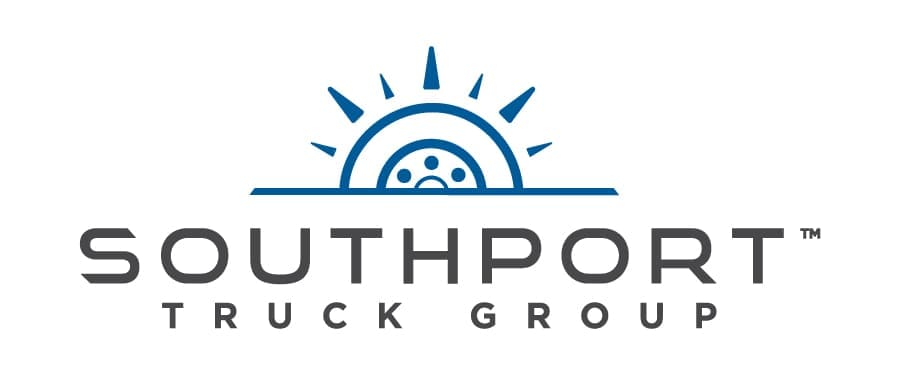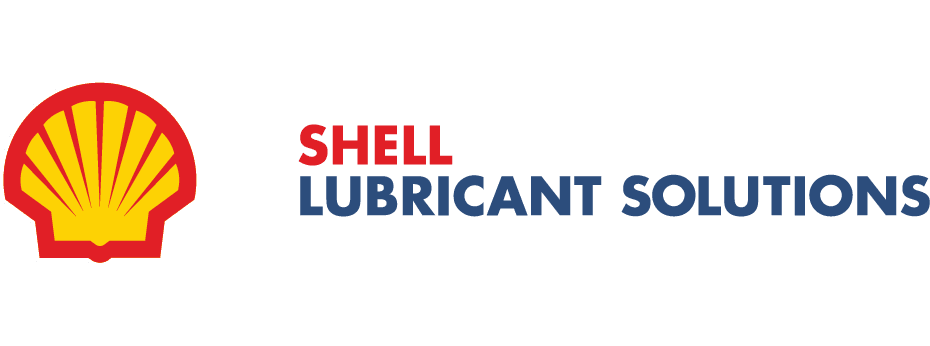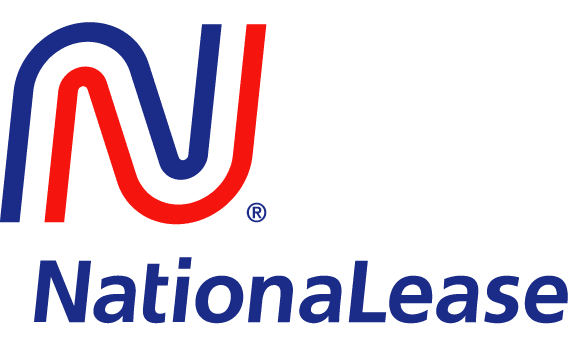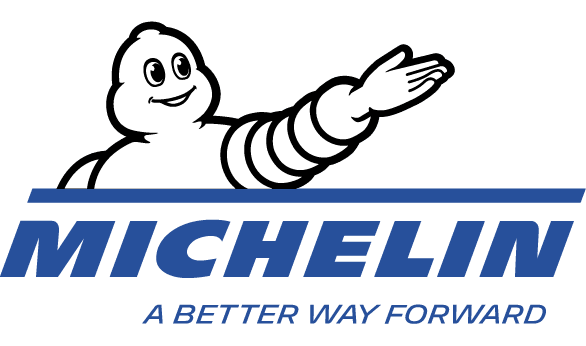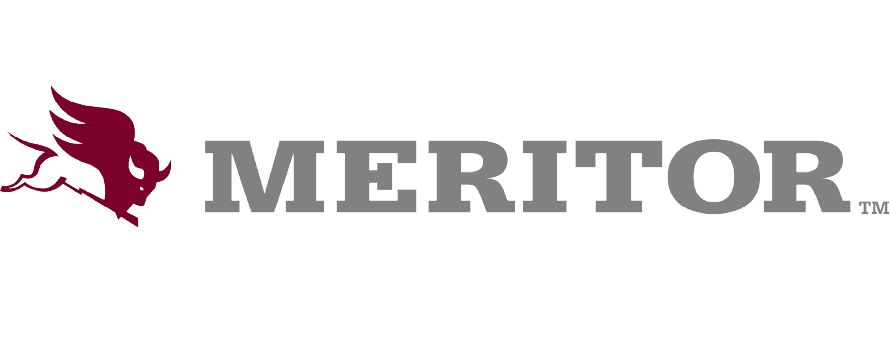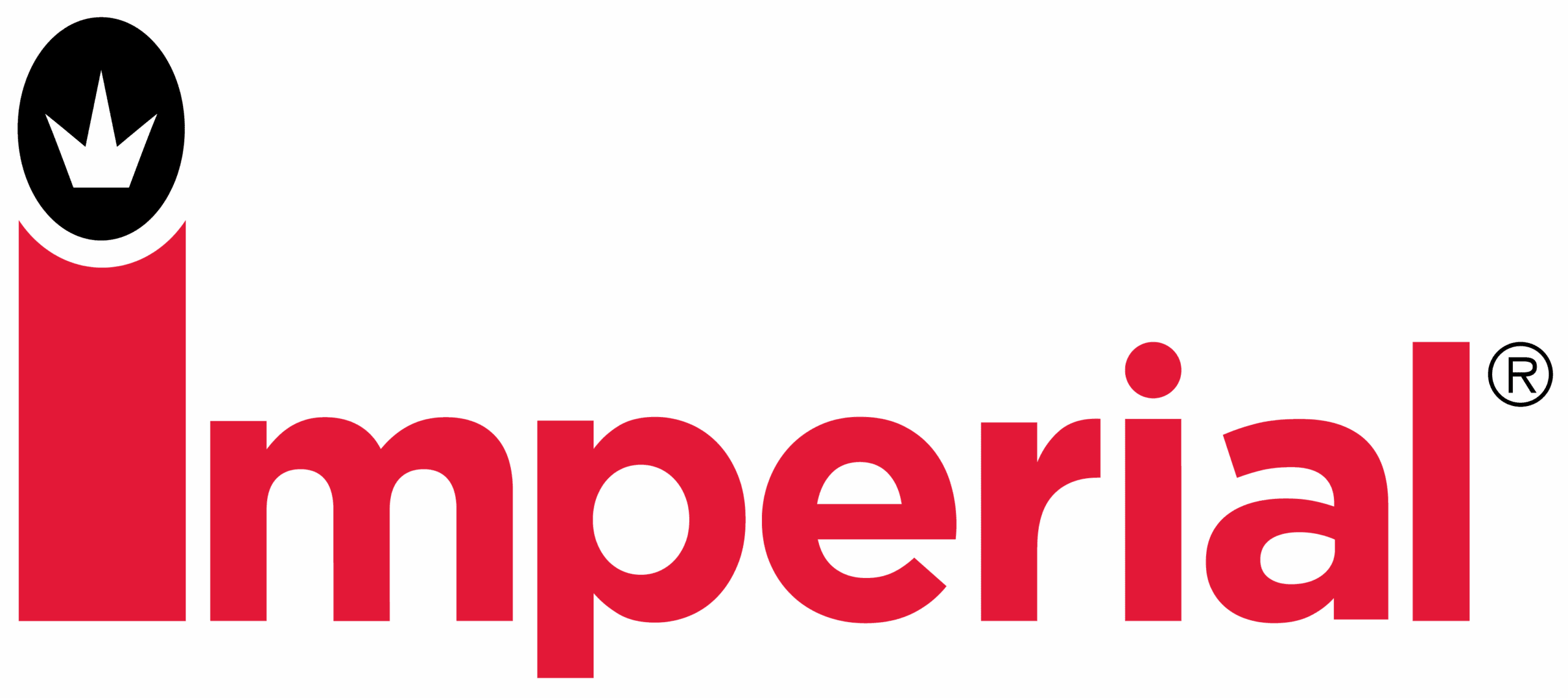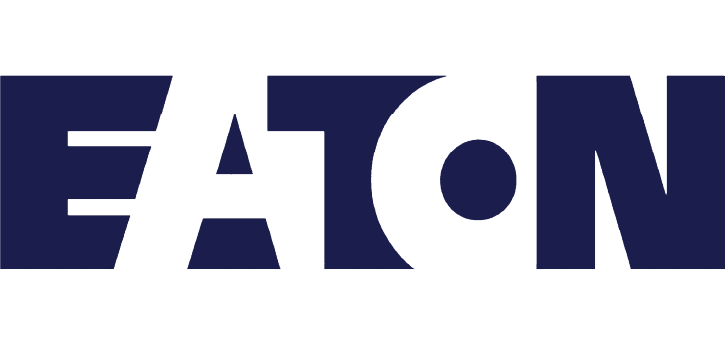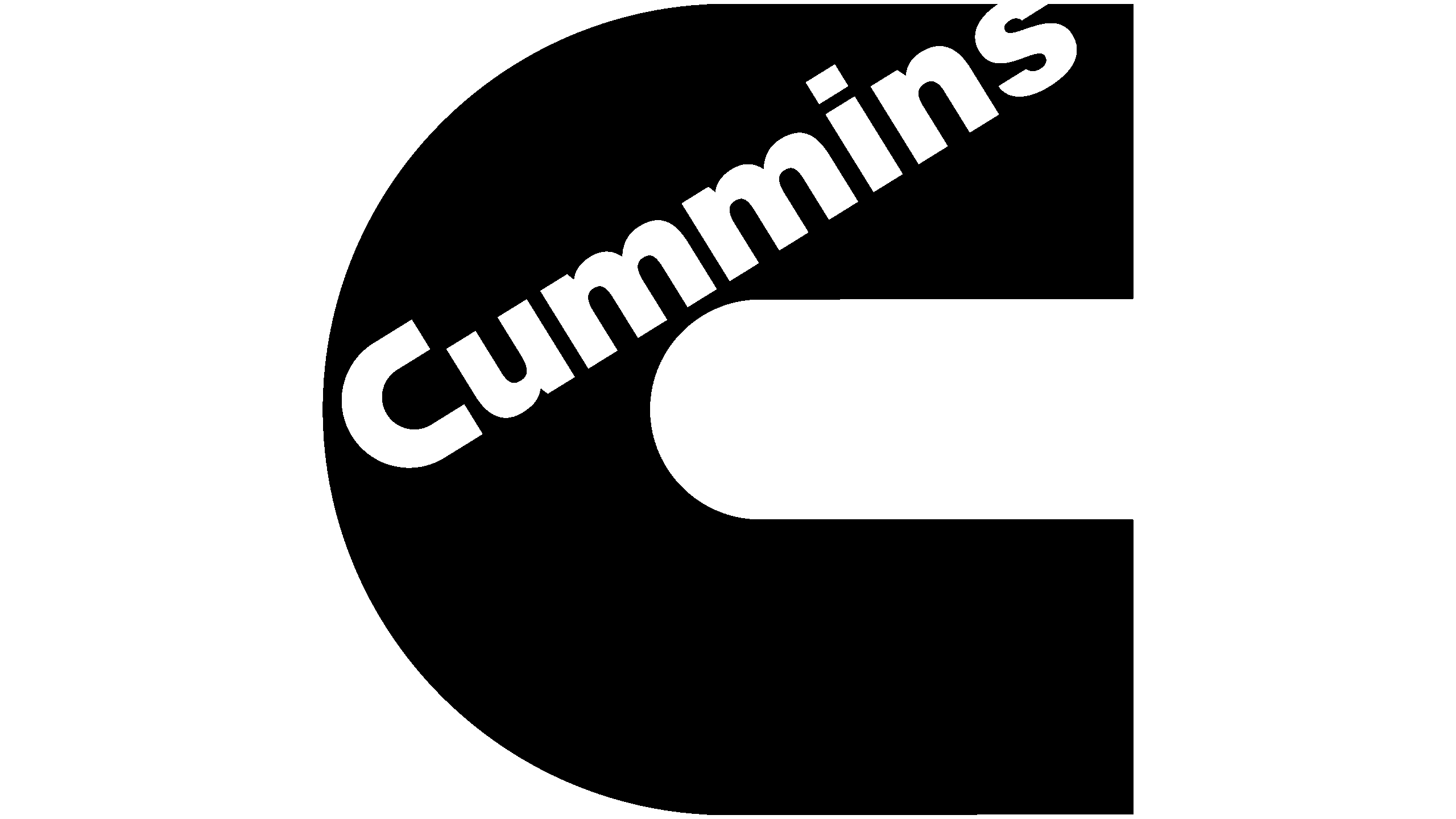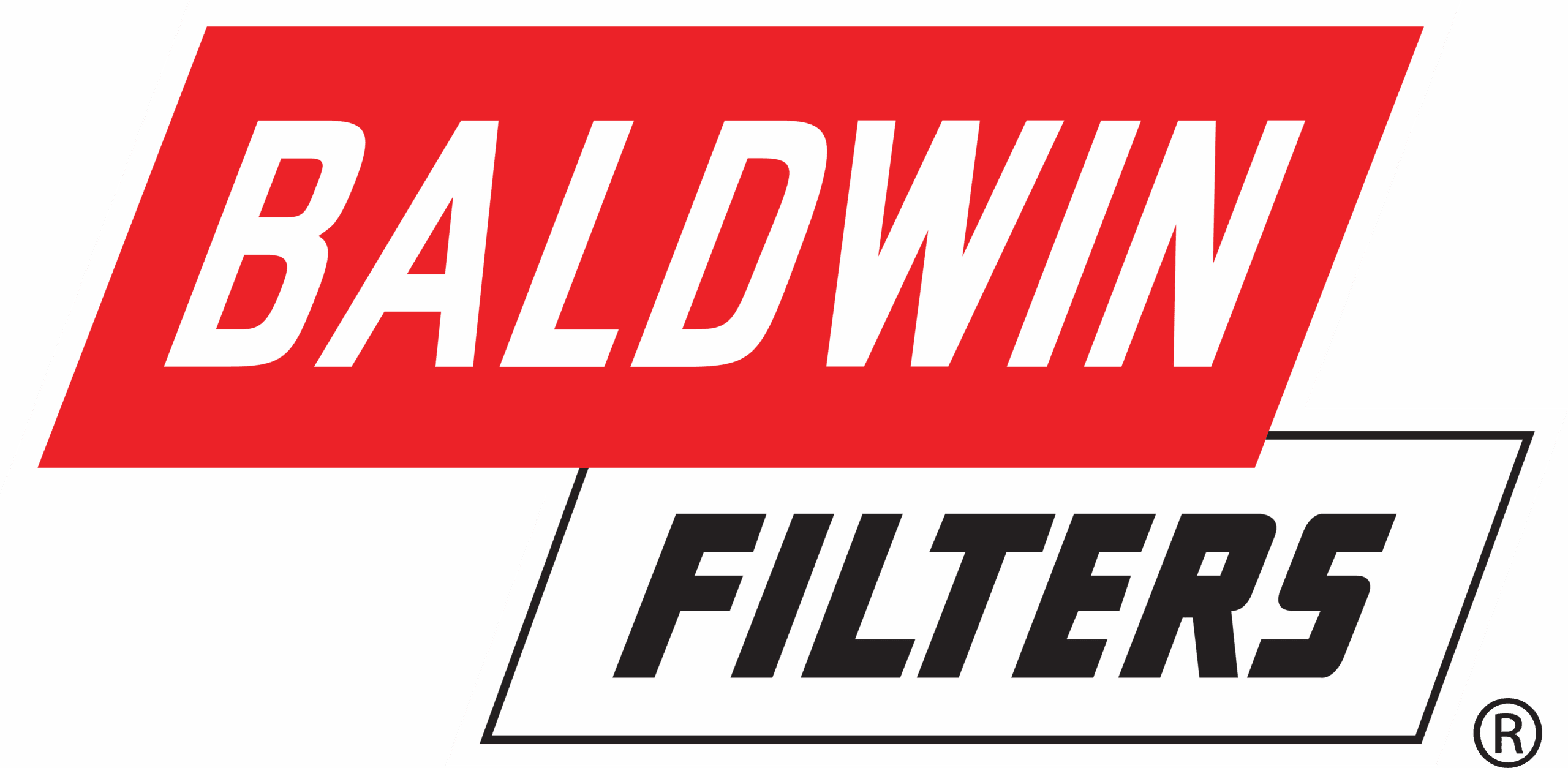The future of GPOs: From fee-based model to fintech ecosystem
Home - The future of GPOs: From fee-based model to fintech ecosystem
Corcentric
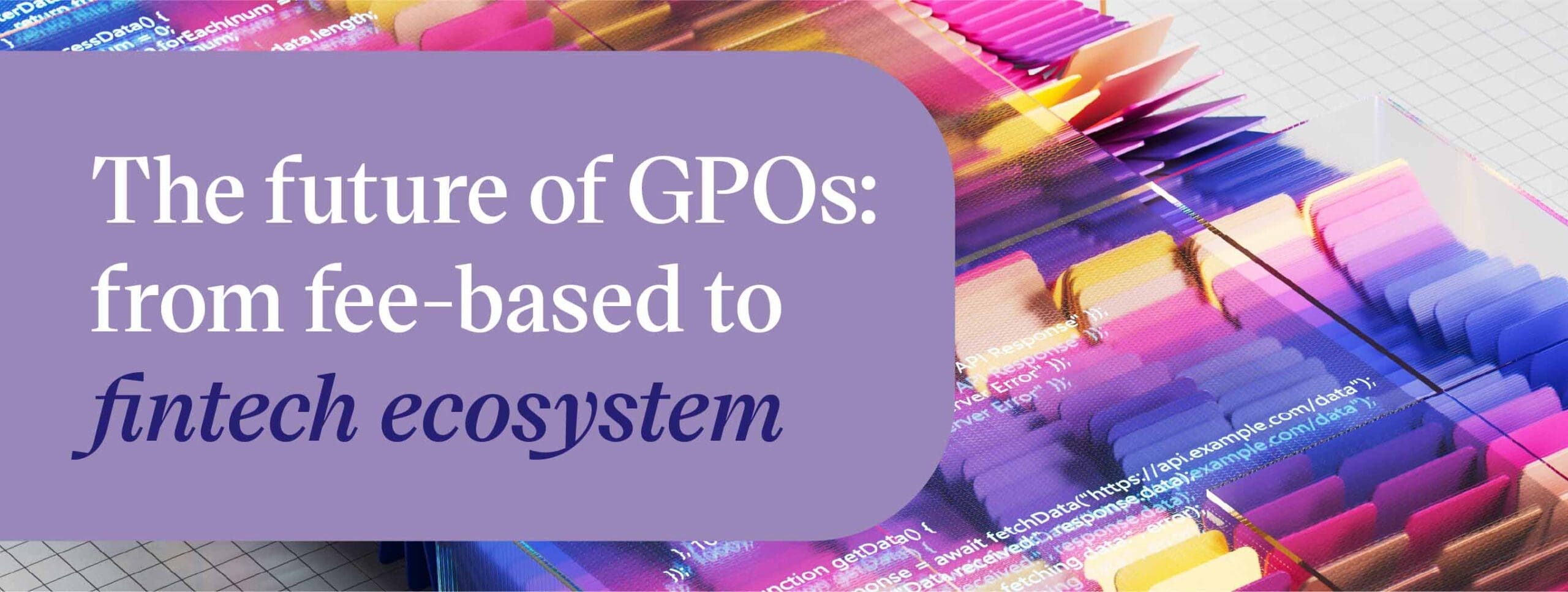
GPO: A century-old model needs a digital and financial reckoning
Group Purchasing Organizations (GPOs) have been a part of B2B operations for a long time. Since one of the first healthcare GPOs was established in 1910 by the Hospital Bureau of New York, the model has relied on a straightforward promise: aggregate purchasing volume, negotiate better pricing, and pass savings back to members.
The model has lasted because it works.
But after a century of mostly tried-and-true reliability, that foundational GPO model is being tested by the reality of digital transformation, margin pressure, and growing dissatisfaction from both suppliers and members. It’s not that GPOs are obsolete, but it sure looks as if the traditional model might be hitting its sell-by date.
The market has shifted. And GPOs need to do more than shift with it, they need to lead the way.
Why the old GPO model is outdated
Let’s be clear: the traditional GPO isn’t broken. But it is under increasing strain from forces that are changing the rules of engagement in B2B commerce:
- Disintermediation is real
Suppliers are finding more direct paths to buyers, especially as procurement platforms and e-commerce portals eliminate barriers to entry. That makes GPOs easier to bypass, and harder to justify.
- Fees are under fire
As industries tighten budgets and question traditional overhead costs, many GPO members are reevaluating the ROI of membership fees. Without clear and measurable value, retention suffers.
- Lack of visibility into compliance
Without direct visibility into buyers’ transactions with suppliers, it’s difficult to validate that pricing and rebates are being delivered as negotiated by the GPO.
- Differentiation is shrinking
With many GPOs offering similar sourcing benefits, the question becomes: what makes you indispensable? Without a compelling answer, members and suppliers won’t stick around if they can value-hop looking for the best alternatives.
- Lack of control over the transactional relationship
GPOs typically don’t involve themselves in the transactional relationship between buyers and suppliers. Buyers are left to figure out invoicing, credit, and payment terms directly with the suppliers.
This is the current context in which group purchasing organizations are functioning: a business model that hasn’t changed much since it was introduced, operating in a world that definitely has — dramatically.
GPO evolution: From savings intermediary to embedded fintech partner
So, what replaces the traditional group purchasing organization model?
Nothing…yet. But it’s time for a serious upgrade.
That doesn’t mean GPOs have to abandon their foundations but simply build on them. The next evolution is transforming the GPO from a buyer fee-funded, sourcing-centric middleman into a fintech-powered ecosystem that embeds value directly into every transaction, every relationship, and every dollar flow.
This isn’t just process optimization. It’s a strategic reinvention.
By embedding financial technology — think centralized invoicing, integrated payments, credit risk management, payment terms management, and analytics, etc. — GPOs can leverage a new operating model in which:
- Members get more value with less friction
- Suppliers receive guaranteed payments and eliminate risk
- The GPO captures revenue not just from rebates, but from facilitating the day-to-day transactional relationships
What a fintech-powered GPO looks like
So, let’s explore what it actually looks like in practice, Corcentric style:
- Digitized, scalable onboarding
Corcentric enables seamless member and supplier onboarding, handling everything from credit decisioning to invoicing and payments integration. That means faster activation and less resource drain.
- Automated AR and invoicing workflows
Manual processing is replaced with digital, centralized invoicing delivered however the buyer needs (such as EDI, email, portal). The GPO takes ownership of receiving supplier invoices and presenting them to each buyer in a single location.
- Guaranteed, on-time payments
Buyer credit lines are offered through Corcentric rather than individual suppliers, and buyer payments flow through Corcentric rather than directly to suppliers. Suppliers get paid on a fixed, guaranteed DSO of their choosing and eliminate dunning, collections, and bad debt.
- Dispute resolution and collections support
A fully managed portal routes exceptions efficiently, reducing friction and resolution time. It’s not gloves off, but white gloves on.
- Transactional monetization
Every service embedded in the transaction, from credit to compliance and payment processing, becomes a revenue lever for the GPO, reducing reliance on flat member and supplier fees and creating compounding value over time. The needle moves from volume to value.
Put simply: the GPO moves beyond sourcing and member discounts and becomes a true fintech platform.
This is not a tech story; it’s a business model shift
The core idea here isn’t just automation or modernization. It’s repositioning the GPO as a B2B commerce community, an ecosystem that integrates sourced programs with the technology and finance tools needed to enable friction-free, day-to-day transactions in those programs.
And that’s important, because the embedded fintech model future-proofs the value proposition of the GPO. It fosters stickiness. It reduces churn. It creates network effects.
But communities only work when the value flows both ways. A GPO that simply negotiates pricing and rebates? That’s a commodity. A GPO that guarantees payments, drives compliance, offers strategic insights, and powers revenue for all sides? That’s a whole new way of doing business.
Why should anyone care about adopting the fintech GPO model?
For the GPO
You’re responsible for long-term relevance and enterprise value. This model gives you a blueprint for both. Embedding fintech capabilities directly into your GPO ensures you’re not just defending margins—you’re expanding them.
For GPO Supplier Partners
Predictable, zero credit risk revenue coming in the door faster. Reduce your cost of sales, eliminate friction points in your transactional relationships with buyers, and maximize your sales potential with the GPO members.
If it ain’t broke…right?
Wrong.
If GPOs don’t change course, the market will change it for them. And as we said, it’s better to lead that change.
Suppliers and members have more options than ever. Fintech solutions are no longer “nice to have,” they’re baseline expectations in most industries. And the next generation of procurement and finance leaders won’t settle for a model built in 1910 for much longer.
They’ll choose ecosystems. They’ll expect embedded value. And they’ll align with GPOs that understand how sourcing and procurement must be unified with the technology and finance tools necessary to make B2B commerce possible.
Conclusion
With Corcentric, that upgrade is already here. You can embed value into every transaction. Unlock new revenue streams. Turn supplier / customer relationships into solid ecosystems. And move from middleman to monetizer without disrupting the business you’ve spent decades building.
Ready to explore what a fintech-powered B2B commerce community looks like for your GPO organization? Let’s talk.





